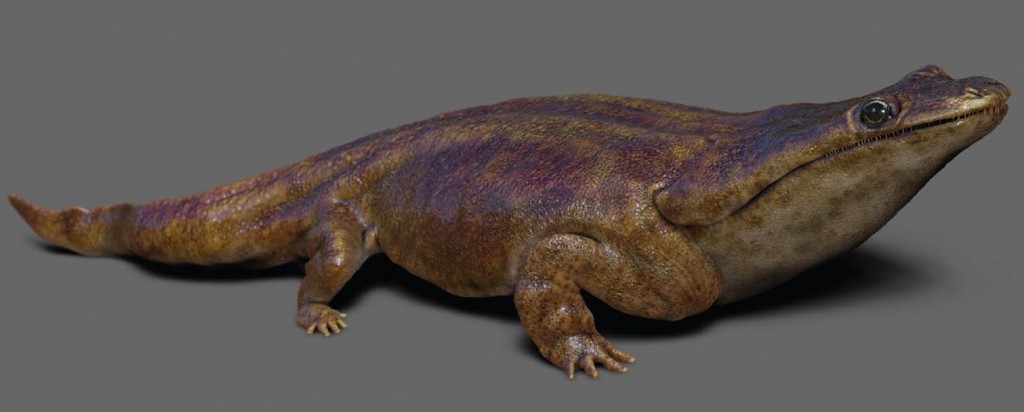 The investigation into the Metoposaurus algarvensis, a new species of prehistoric carnivorous amphibian discovered in Loulé, will now have the support of the Loulé Municipal Council.
The investigation into the Metoposaurus algarvensis, a new species of prehistoric carnivorous amphibian discovered in Loulé, will now have the support of the Loulé Municipal Council.
To this end, today, January 5th, a collaboration protocol was signed between the Municipality of Loulé, the António Aleixo Foundation and the Universidade Nova de Lisboa/Faculty of Science and Technology, which aims to collaborate in the scope of the study of Paleontology and Geology and in the defense of the paleontological and geological heritage of the county, and participate, as partners, in scientific research projects, as well as in the exploration and dissemination of their results.
Vítor Aleixo, Mayor of Loulé, stressed that this protocol “is part of a long-term strategic vision that we have for the Municipality, investing in Heritage as one of the axes of sustainable development”.
It is "a work that is intended to be continued and consistent, thus sealing a commitment to the future here, contributing to the continuation of research, through support for excavations, as well as for masters and doctoral scholarships", he added. the mayor.
On March 24, 2015, a new species of prehistoric amphibian, similar to a giant salamander, found in Loulé. Bones of this new species, called Metoposaurus algarvensis, which inhabited the Earth at the beginning of the Age of the dinosaurs, more than 200 million years ago, were found by researchers in rocks from an ancient lake in Penina, in the interior of the municipality of Loulé.
Octávio Mateus, a paleontologist who participated in the discovery and study of the new species, says that “this discovery is an example of a finding from a time of which we know very little in Portugal, the Triásico, about 200 million years ago, when lived some of the first dinosaurs”.
In addition to this paleontologist from the Faculty of Science and Technology of the Universidade Nova de Lisboa, the study also includes researchers from the Universities of Edinburgh and Birmingham and the Museum of Natural History in Paris.
The creatures resembled giant salamanders, two meters long in adulthood, having lived in lakes and rivers during the Triassic Period, similar to today's crocodiles, researchers say. You metoposaurus they were part of the ancestral group from which modern amphibians – such as frogs and salamanders – evolved, the team says.

Only a fraction of the site in the municipality of Loulé – around four square meters – has been excavated so far, and the team will continue work to discover new fossils. At the site, there may be bones from hundreds of amphibians who died when an ancient lake dried up.
Most of these large amphibians were wiped out during a mass extinction that took place 201 million years ago, long before the dinosaurs died. This marked the end of the Triassic Period, when the supercontinent Pangea, which included every continent in the world, began to split.
The study, published in Journal of Vertebrate Paleontology, was funded by the National Science Foundation, German Research Foundation, Jurassic Foundation, CNRS, Columbia University Climate Center and Chevron Student Initiative Fund. Additional support was provided by Loulé City Council, Silves City Council and Salir Parish Council in the Algarve.


















Comments